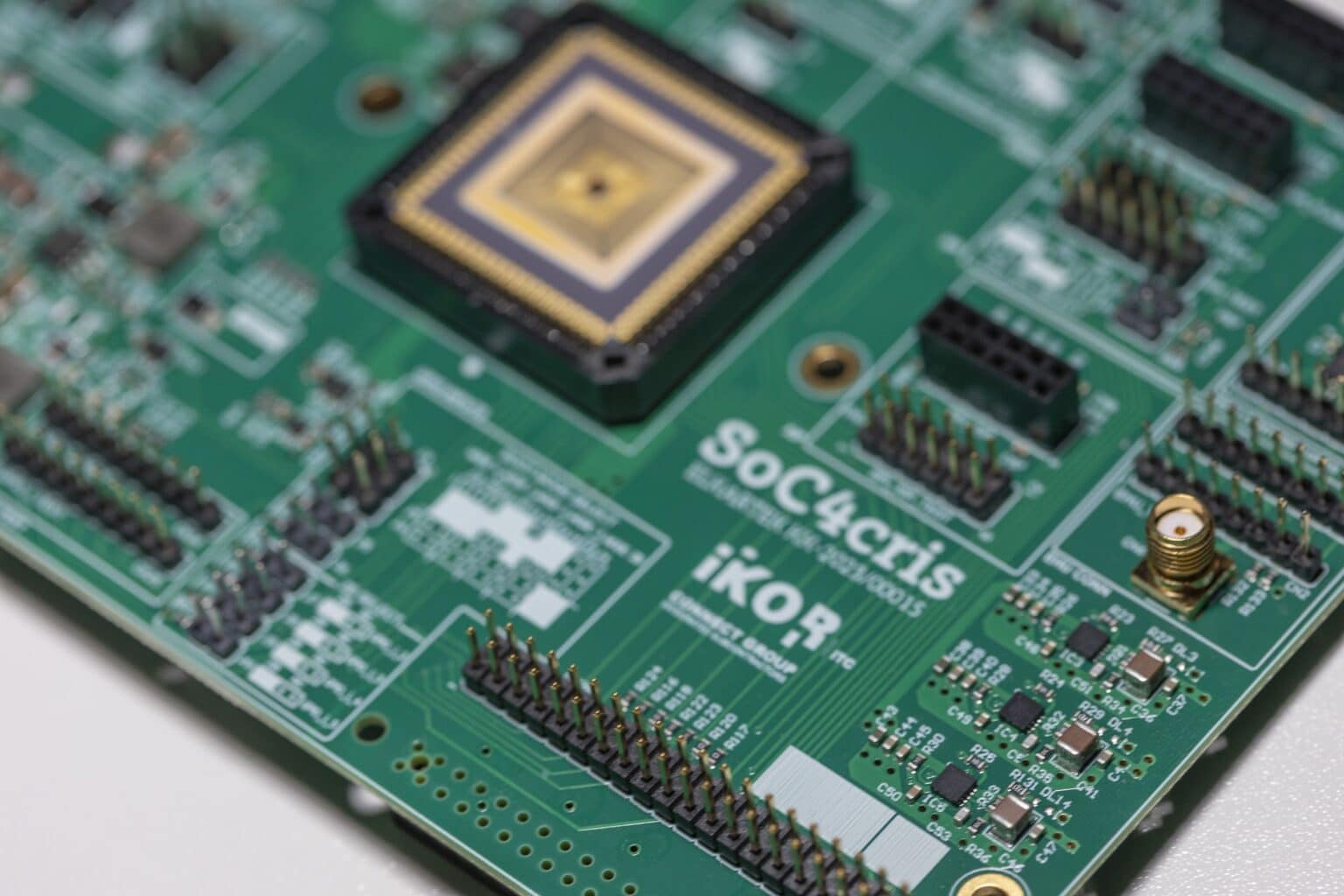Here’s the translated text into American English:
—
Euskadi has taken an important step in its strategy to become a leader in microelectronics with the launch of SoC4CRIS-II, an innovative research project focused on the development of advanced and resilient chips for critical applications in sectors such as energy, industry, and space. This initiative complements the previous SoC4CRIS project, which was a pioneer in implementing a chip based on the open RISC-V architecture in the region, integrating capabilities such as industrial communications and computer vision.
SoC4CRIS-II faces new challenges that include the integration of computer vision, hybrid communications, and resilience features, using semiconductors manufactured in Europe. This effort aims to solidify Euskadi’s position on the European microelectronics map, positioning it as a hub of technological autonomy in the manufacturing of these devices.
The project is supported by the Elkartek aid program of the Basque Government and is led by the APERT research group in applied electronics at the University of the Basque Country. Additionally, it collaborates with technology centers such as CEIT, Tekniker, Ikerlan, and Tecnalia, alongside the Connect Group company and the GAIA-BMH cluster.
Since its inception, SoC4CRIS has made significant contributions to the field, including several scientific publications and technology transfer contracts. These initiatives have enabled the formation of local teams in advanced microelectronics design flows, in collaboration with the RAL laboratory at Oxford. This legacy underscores the importance of continuing research to achieve more advanced and competitive technologies, preparing the Basque community for a constantly evolving global market.
Armando Astarloa, a labor professor at the University of the Basque Country and coordinator of the project, emphasizes that SoC4CRIS-II represents a step toward generating a new economic activity based on microelectronics, reinforcing the region’s technological autonomy and providing high-value-added solutions to strategic sectors in Europe.
Key objectives of this second phase include the design of chips at advanced nodes, architectures resilient to cosmic radiation, coprocessors for computer vision processing, high-frequency processors, and the implementation of new validation techniques aimed at the aerospace sector. These advancements will not only strengthen innovation capacity in Euskadi but also align with the strategy of the Basque Microelectronics Hub, which seeks to increase digital autonomy and reduce dependence on external components.
The team behind SoC4CRIS-II highlights the complementarity of its partners, who combine university research, technological development, and market connections, thus creating an ecosystem conducive to the generation of next-generation chips. As the project progresses, Euskadi positions itself as a reference in the development of key technologies for the future of microelectronics in Europe, generating new employment and business opportunities in a strategic sector.
—
Referrer: MiMub in Spanish
